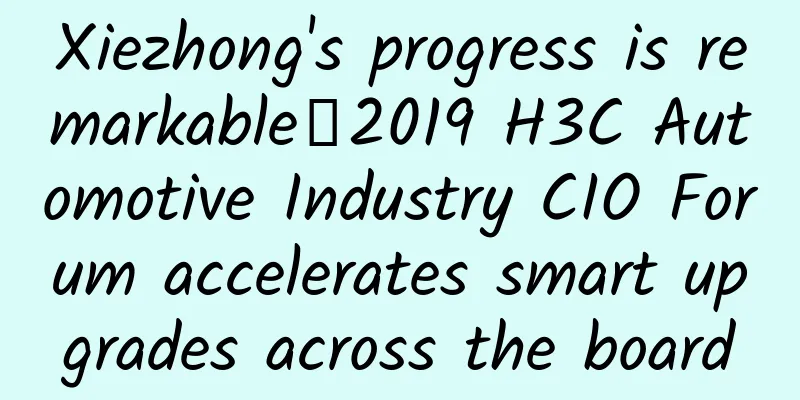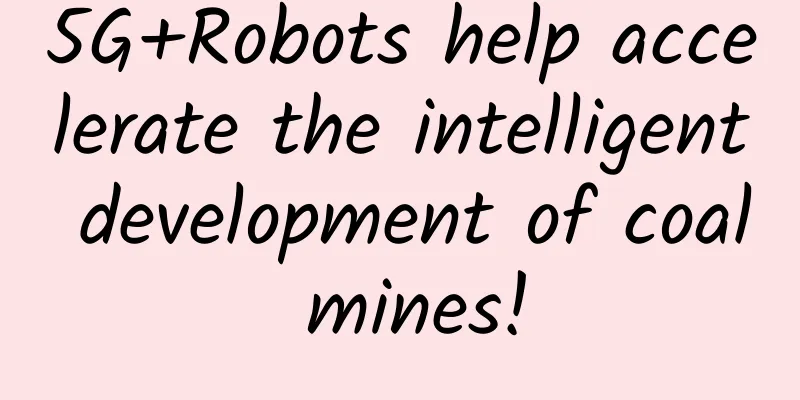Asia seizes first-mover advantage, 5G is expected to arrive in 2018

|
The 5G era is upon us, and with this new wireless mobile communications technology, ordinary users can download entire movies in seconds, while businesses can provide a more seamless customer experience. Essentially, 5G is developed with use cases in mind, aiming to provide the best possible connectivity, including ultra-high-speed connections that significantly reduce latency and power consumption. This opens the door to a world of ubiquitous connectivity without performance loss. In the future, we may have remote IoT devices that can operate for years without human intervention, as well as drones and self-driving cars that provide real-time interactions. Other exciting 5G use cases include extreme mobile broadband, massive Internet of Things (IoT), and ultra-reliable communications, all of which are key components for smart grids, real-time remote surgery, and other advanced applications.
Asia Pacific (APAC) is the center of attention When it comes to 5G, we are witnessing unstoppable momentum in the Asia Pacific region, which is rife with innovation and a strong desire. Anticipation for 5G is at its highest with two highly anticipated international events taking place: the 2018 Winter Olympics in South Korea and the 2020 Summer Olympics in Japan. Asian multinational companies are investing heavily in 5G and related technologies. In South Korea, big brands such as LG and Samsung are working closely with network infrastructure providers to make 5G a reality. At the recent Next Generation Mobile Network (NGMN) industry conference and expo, local mobile network operators (MNOs) SK Telecom and NTT DoCoMo were excited to talk about showing the world what is possible with 5G. Most importantly, these key stakeholders are confident and optimistic, in stark contrast to the cautious attitude of their counterparts in some other regions. In fact, many mobile operators in Asia Pacific are even preparing to launch, demonstrate and evolve their 5G networks to comply with future standards by 2018. Current status of 5G development 5G is really a network of networks. It builds on what already exists, made up of a mix of existing technologies, such as narrowband IoT (NB-IoT) and LTE, as well as new cutting-edge technologies like millimeter wave. What exactly is millimeter wave? Millimeter wave operates in the ultra-high GHz frequency band and is traditionally used in radar, satellite and military applications. More importantly, it supports data rates of 10Gbps and higher with ultra-low latency. Millimeter wave requires smaller antennas that can be easily integrated into "urban street furniture" (such as billboards and benches), making it ideal for densely populated areas. Another new feature of 5G is virtualization. Not only is the 5G network core virtualized, but most site equipment is also pushed to "mobile" data centers, bringing consumers closer to an enhanced user experience. At the same time, mobile network operators will only need to deploy antennas that meet the established frequencies assigned to a certain area, because the virtual network function is a software that can be upgraded to the final 5G standard. The development of 5G is similar to Microsoft Windows 10. Windows 10 is a giant piece of software that is constantly being enhanced. This means that as long as Windows can be updated, people will not stop buying new computers. Challenges ahead Admittedly, there are still many issues, such as regulation. The current reality is that governments will only allocate 5G spectrum when there is a specific business use case. Without this important resource, the progress of 5G trials and development will be seriously hindered. Now, most governments are studying the issue of allocating spectrum according to each market and geographic region. Security is also a growing concern. As more network functions are virtualized, the risks will undoubtedly multiply. Today, large hardware vendors such as Nokia, Ericsson and Huawei use proprietary software that complies with standards. As the entire industry moves to the cloud, what we need to know is how we can trust that all these parts can work together seamlessly and securely. For example, mutual authentication between all virtualized functions should be mandatory to detect fake entities in the network and ensure user safety. Strategies adopted by key stakeholders The development of 5G is like building a house. It requires a step-by-step approach, starting with developing a well-performing virtualized network core and then carefully tuning the components to ensure that all components fit together organically. It is also important to analyze the right technology for each use case, for example, mmWave can be used for critical applications that require speed and reliability, such as remote surgery, while NB-IoT is sufficient for low-bandwidth sensor networks. Finally, we should not worry too much about spectrum and standards. It takes time to reach an agreement. This requires multiple discussions first, and then after the 5G standard is released, the entire industry can immediately migrate smoothly through software upgrades, provided that the system is flexible enough. 5G is expected to arrive as early as 2018 There are always opportunities and challenges when launching a new generation of wireless mobile communications technology, as we have seen with the migration from GSM to UMTS, to LTE, and now 5G. These processes take time, and manufacturers and mobile network operators need to deal with the combination of allocated frequencies and spectrum. Considering South Korea plans to launch 5G before the 2018 Winter Olympics, followed by Japan in 2020 Summer Olympics, these two countries are already leading the way in 5G development. Other regions just need to start building and follow their path. We should act early to gain a first-mover advantage in today's fast-connected world. |
<<: Fiber will play a key role in 5G development
>>: Multiple Choices for Internet Communication: Do you really know how to make phone calls?
Recommend
Hyperscale Data Centers vs Micro Data Centers
Some say the data center of the future is very di...
The scale of data is growing explosively. Practical sharing of data-based operations of cloud-native data warehouses
At the recent 2021 Alibaba Cloud Financial Data I...
Pay attention to the "baton" of athletes to make business flow more efficient
At the Brazil Olympics, the 4×400 relay race is t...
HostSolutions: OpenVZ is about to end, free upgrade to KVM
I received an email from HostSolutions that they ...
Why does TCP need a three-way handshake? Explain it to you in the most popular words
[[422813]] TCP implementation principle and why t...
Private 5G is key to improving safety, efficiency and productivity in the mining industry
Mining is one of the most important industries in...
HostKvm: Hong Kong CTG bandwidth/traffic upgrade 20% off $7.6/month-2G memory/40G hard disk/30M bandwidth
HostKvm has upgraded the bandwidth and traffic of...
RepriseHosting: $25.97/month-L5640, 16G memory, 1TB hard disk, 20TB/1Gbps, Seattle data center
This is a promotional activity released by the me...
Configure HTTPS for React applications running locally
If you build an application with create-react-app...
Yike Cloud: 10% off monthly VPS and 20% off quarterly VPS, starting from 64 yuan/quarter for CN2 lines in the United States/Japan/Hong Kong
OneTechCloud launched a new promotion in March, o...
5G development is timely and network construction should be moderately advanced
At present, the overall development of 5G in the ...
Let's talk about virtual mobile network security
1. Introduction With the rise of 5G technology, v...
Understanding Ethernet Switching Technology in One Article
Labs Guide Currently, most campus networks are ne...
Because 4G cards do not meet security requirements, you may need to replace your SIM card to use the 5G network
With the accelerated deployment of 5G networks an...
What is Software Defined Networking (SDN)?
Software Defined Networking (SDN) is a way of bui...









